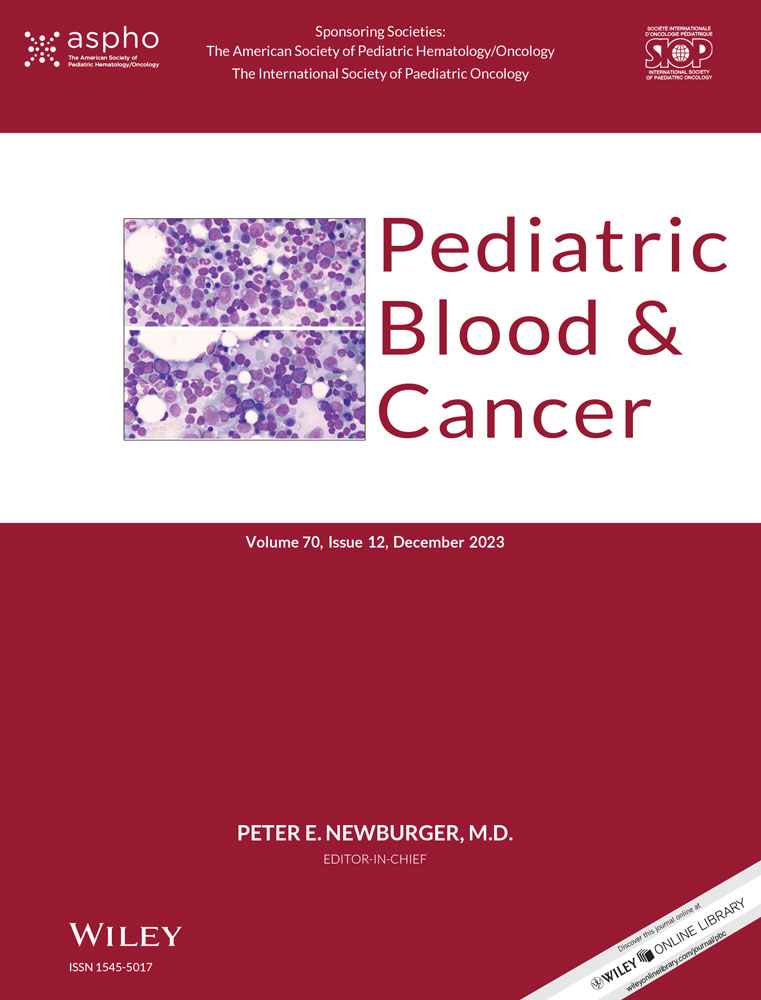Consultation patterns before and after embedding pediatric palliative care into a pediatric hematology/oncology clinic
Abstract
Introduction
Palliative care is a critical component of pediatric oncology care. Embedded pediatric palliative care (PPC) is relatively new in pediatric hematology/oncology (PHO) and may improve access, utilization, and quality of PPC. In June 2020, the Mayo Clinic PPC service transitioned from an afternoon, physically independent clinic to an all-day clinic embedded within PHO.
Methods
Retrospective chart review was used to quantify consultation rates from PHO to PPC in 12-month study periods before and after establishment of an embedded clinic. Changes in descriptive statistics and consult patterns were calculated. Study periods were compared using either chi-square or Fisher's exact tests for categorical variables and Wilcox rank sum tests for continuous variables.
Results
There was an 89% increase in consultations from PHO to PPC after initiation of an embedded clinic (n = 20 vs. n = 38 per 12 months). The absolute number of completed outpatient consults increased from three (15% of visits) pre-embedment to fourteen (37%) post-embedment (p = .082). The median number of days from first oncology visit to PPC assessment was unchanged after embedment (36 vs. 47 days, p = .98). Consults for solid tumors increased from 22% (n = 4) pre-embedment to 60% (n = 18) post-embedment (p < .05). Consults for symptom management increased from 60% (n = 12) to 87% (n = 33) (p < .05).
Conclusions
Embedment of PPC into a PHO workspace was associated with an increased number of total consults, outpatient consults, solid tumor consults, and consults for symptom management. Our “partial-PPO” model allowed for provision of PPC in the outpatient oncology setting in a clinic where there is not enough volume to support a full-time oncology-focused clinician team.
CONFLICT OF INTEREST STATEMENT
The authors declare they have no relevant conflicts of interest.
Open Research
DATA AVAILABILITY STATEMENT
The data that support the findings of this study are available from the corresponding author upon reasonable request.




